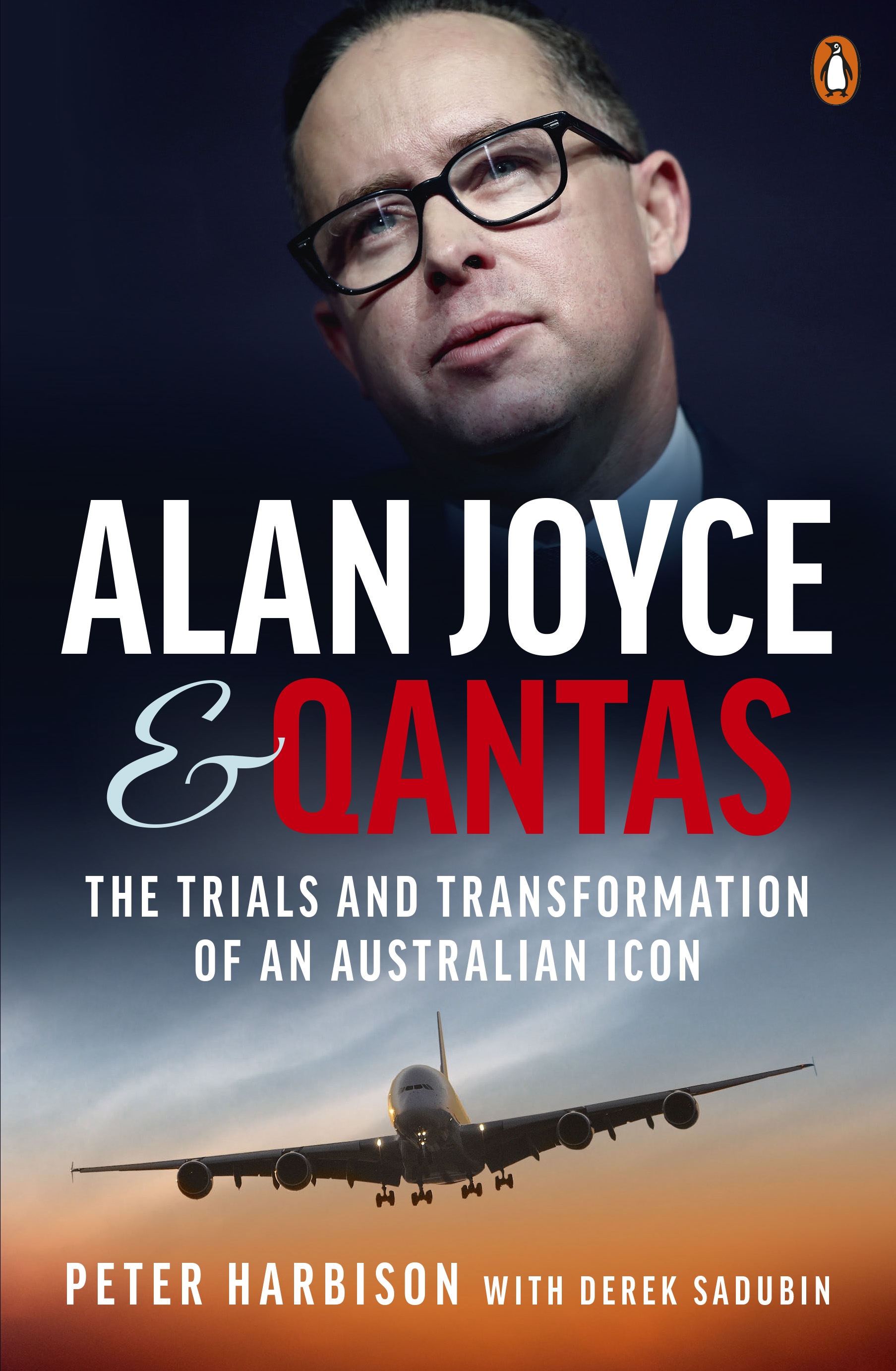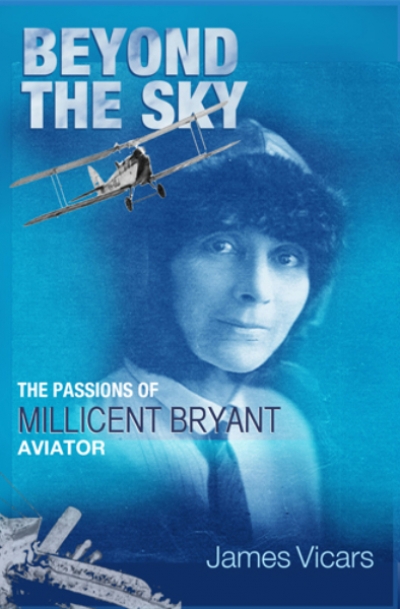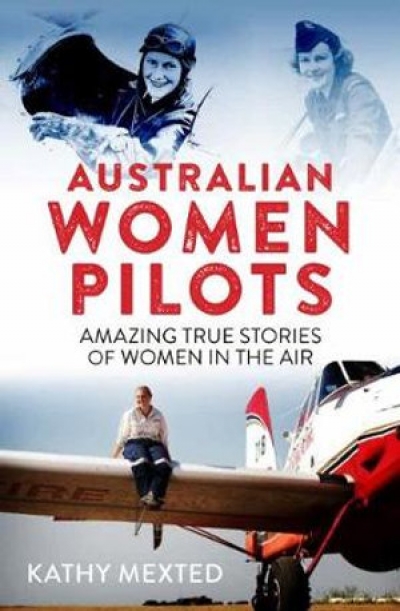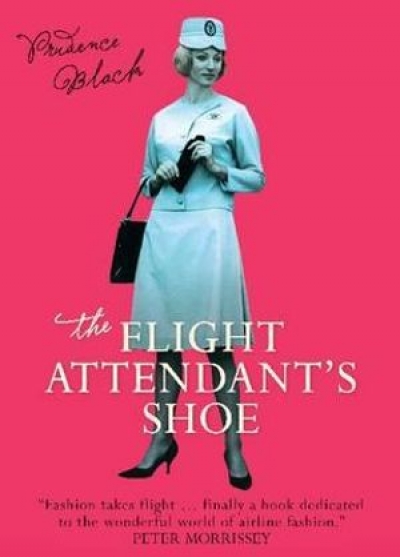Aviation
Alan Joyce and Qantas: The trials and transformation of an Australian icon by Peter Harbison with Derek Sadubin
by Stuart Kells •
Beyond the Sky: The passions of Millicent Bryant, aviator by James Vicars
by Per Henningsgaard •
Australian Women Pilots: Amazing true stories of women in the air by Kathy Mexted
by Jay Daniel Thompson •
The Flight Attendant’s Shoe by Prudence Black
by Susan Sheridan •




